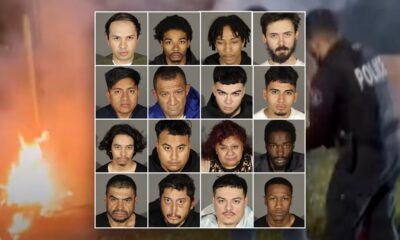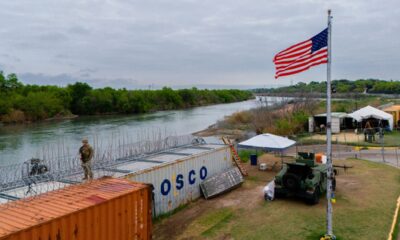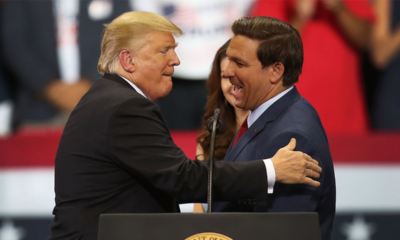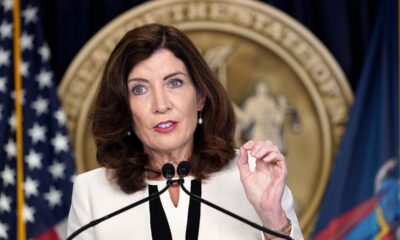Volkswagen is considering shutting factories in Germany after a savings programme launched last year has fallen short of several billions of euros — a decision that would be a first for the 87-year-old company.
Chief executive Oliver Blume on Monday said the European automotive industry was in a “very . . . serious situation”, adding that manufacturing in Germany was increasingly becoming less competitive.
“The economic environment became even tougher, and new competitors are entering the European market. In this environment, we as a company must now act decisively,” he said.
As a result, the company said, it planned to walk back on its promise not to cut jobs in Germany until 2029, in a move that would put it on a collision course with its powerful works council.
The company’s flagship brand last June announced it wanted to cut €10bn in costs by 2026. Although agreements with unions meant the company had to rely on offering early retirement for its workers and not replacing them, VW on Monday said this had been “insufficient to achieve the urgently needed structural adjustments for greater competitiveness in the short term”.
Daniela Cavallo, chair of VW’s works council — which under German rules represents workers’ interests on a supervisory board level — on Monday issued a note to employees, warning that management was considering shutting German plants, as VW’s flagship brand risked slipping into the red.
“As a result, the executive board is now questioning German plants, the VW in-house collective wage agreements and the job security programme running until the end of 2029,” said Cavallo, whose clash with former VW chief executive Herbert Diess contributed to his ousting in 2022.
VW said that the “extremely tense” financial situation that the company was in meant that “even plant closures at vehicle production and component sites can no longer be ruled out”, adding that it would begin negotiations with labour representatives.
Cavallo, however, indicated that the VW executive plans would face fierce resistance. “With me, there will be no VW plant closures!” she told employees.
The brewing battle over restructuring at Europe’s largest carmaker comes as it faces lower demand both in its home market and China, where it sells most of its cars.
Blume on Monday noted that the economic backdrop was getting tougher, partially because “new competitors are entering the European market”.
Several Chinese electric-vehicle makers such as BYD have made plans to enter Europe, while VW and other legacy brands race to develop cheaper EVs.






















/cdn.vox-cdn.com/uploads/chorus_asset/file/25822586/STK169_ZUCKERBERG_MAGA_STKS491_CVIRGINIA_A.jpg)

/cdn.vox-cdn.com/uploads/chorus_asset/file/25821992/videoframe_720397.png)



/cdn.vox-cdn.com/uploads/chorus_asset/file/23935558/acastro_STK103__01.jpg)
